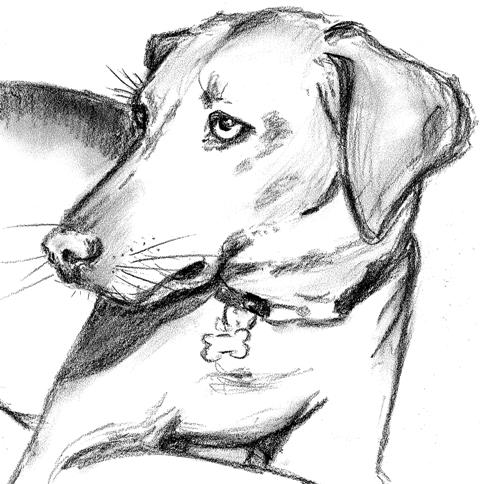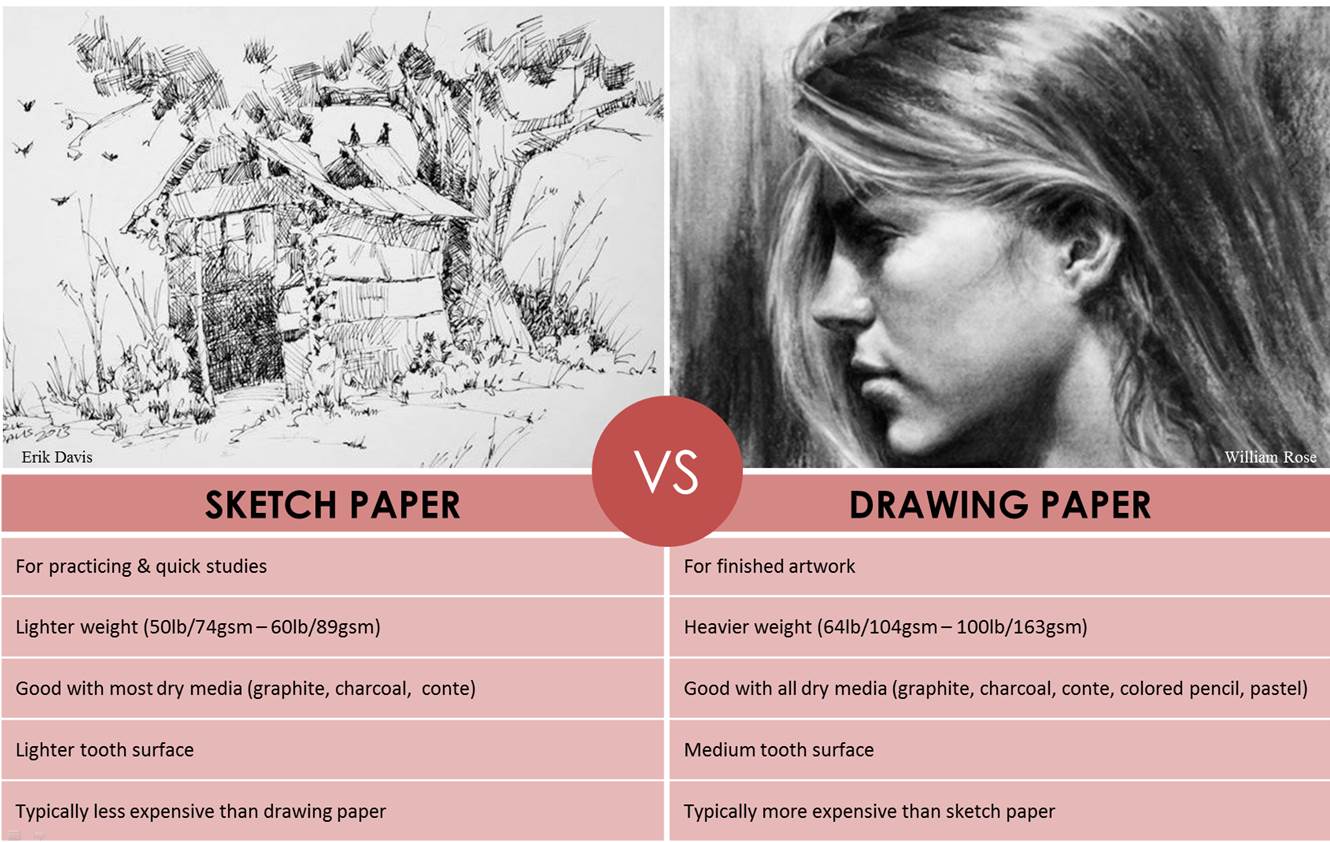Difference Between Sketch Paper And Drawing Paper
If you're a budding artist looking to improve your skills, drawing on paper may be a great place to start. There's something timeless about putting graphite to paper that digital art just can't quite replicate. To get you started, below we've compiled some tips for making the most of your paper-based art journey.

First of all, it's important to realize that there's a difference between sketching and drawing. Sketches tend to be rougher, less defined, and more exploratory. Drawings, on the other hand, are generally more polished and are meant to be a final product. Understanding this distinction can help guide your approach to different pieces.
Another critical aspect of drawing on paper is having the proper supplies. Different artists find different utensils and papers more appealing, so don't be afraid to try out a few things to see what works best for you. A good starter set might include pencils of different grades, a smudging tool, and a few different sketch pads of varying sizes and paper weights.
Once you have your supplies, it's time to start creating! A great way to practice is by observing life around you and drawing what you see. It can be helpful to use a reference photo or even a mirror to work out different poses and angles. Remember that practice makes perfect, so don't be too hard on yourself if you don't love everything you create right away.
As you continue to develop your skills, you may find yourself wanting to add more depth to your work. One way to do this is by exploring the use of shading. Light and shadow can help add dimension and realism to your drawings. Another way is by experimenting with different techniques like crosshatch, stippling, or hatching.
Color can be an exciting way to take your art to the next level too. Colored pencils can be a great starter option, as they're easy to use and blendable. If you want to experiment with more intense color, markers or paint might be a better bet. As with everything else in drawing, it's essential to start small and gradually experiment with more complex projects.
The most important thing to remember throughout all of this is to have fun! Drawing on paper can be a form of relaxation or a way to explore creativity in a low-pressure environment. Don't get too wrapped up in the technical aspects of things, and remember to enjoy the process itself.
How To Get Started
Ready to dive into the world of drawing on paper? Here's a quick how-to to get you started:
- Gather your supplies. Make sure you have all the necessary pencils and papers you need to get started.
- Decide what you want to draw. Whether it's a still-life or a portrait, have an idea of what you're going for before you start your piece.
- Sketch out the basic shapes. Start with big, simple shapes to help you get a feel for the composition of your piece.
- Add more detail. Once you have your basic shapes in place, start adding in more detail. This is where you can start to flesh out the structure of your piece.
- Refine your piece. Once you have your basic outline in place, keep refining until you're happy with the final product. Add in shading, color, or any other details that might make the piece stand out.
Tips for Drawing on Paper
Here are a few additional tips to help you make the most of your drawing-on-paper experience:
- Don't be afraid to make mistakes. Drawing is all about experimentation, so don't fret if your first attempt doesn't go as planned.
- Use reference pictures. Whether it's a photo or an actual object, having a visual reference can help guide your work and give you a better sense of proportion and perspective.
- Practice different techniques. Even if you have a preferred style, it's worth branching out and trying different methods to see what you enjoy most.
- Take breaks. As with any creative endeavor, it's important to give yourself time to rest and reset. Step back from your work every once in a while to prevent burnout.
Ultimately, drawing on paper is a fantastic way to explore your creativity and improve your artistic skills. Whether you're a seasoned artist or a beginner, there are always new techniques to try and new perspectives to explore. So grab your pencils and let your imagination soar!



Post a Comment for "Difference Between Sketch Paper And Drawing Paper"